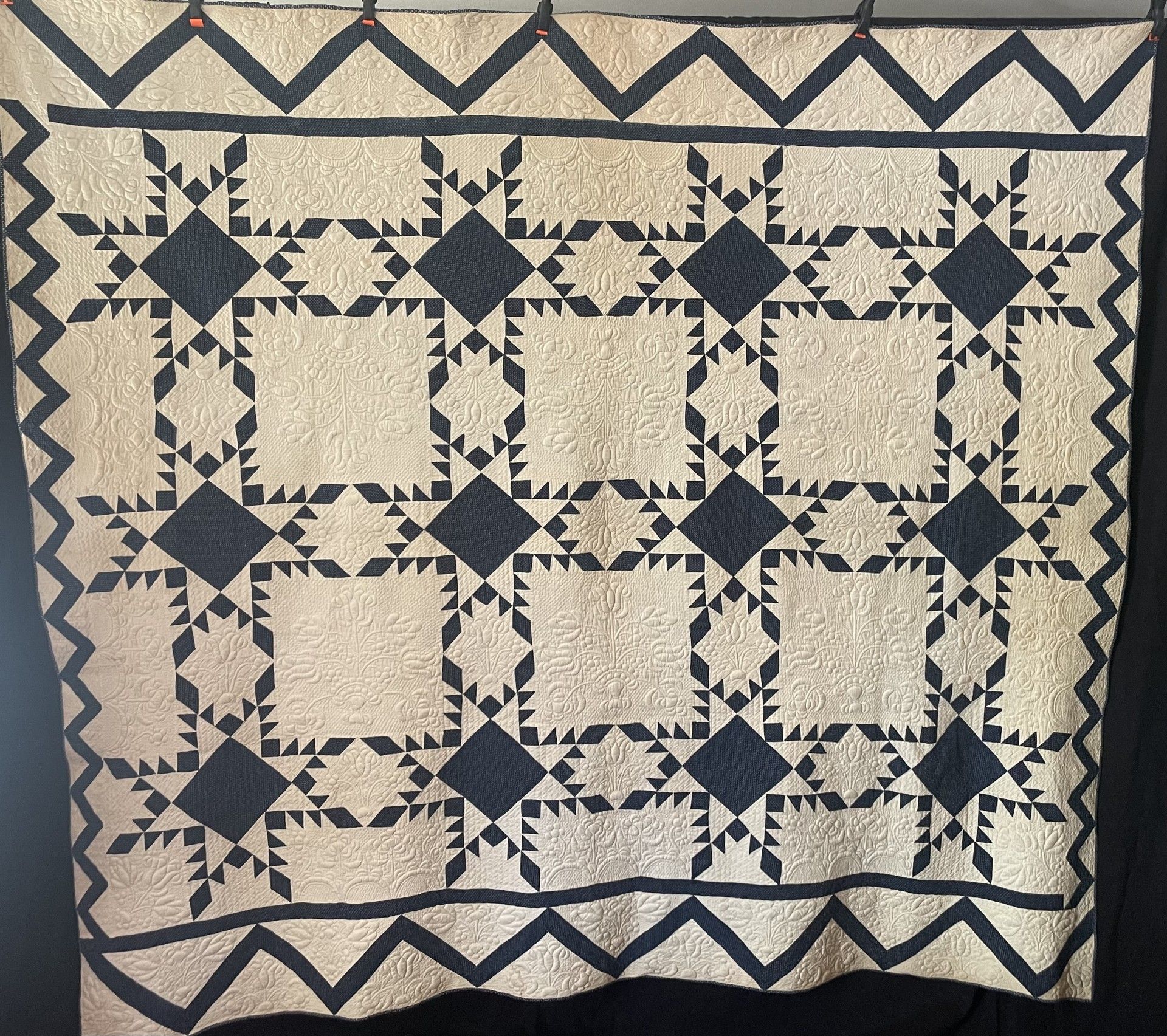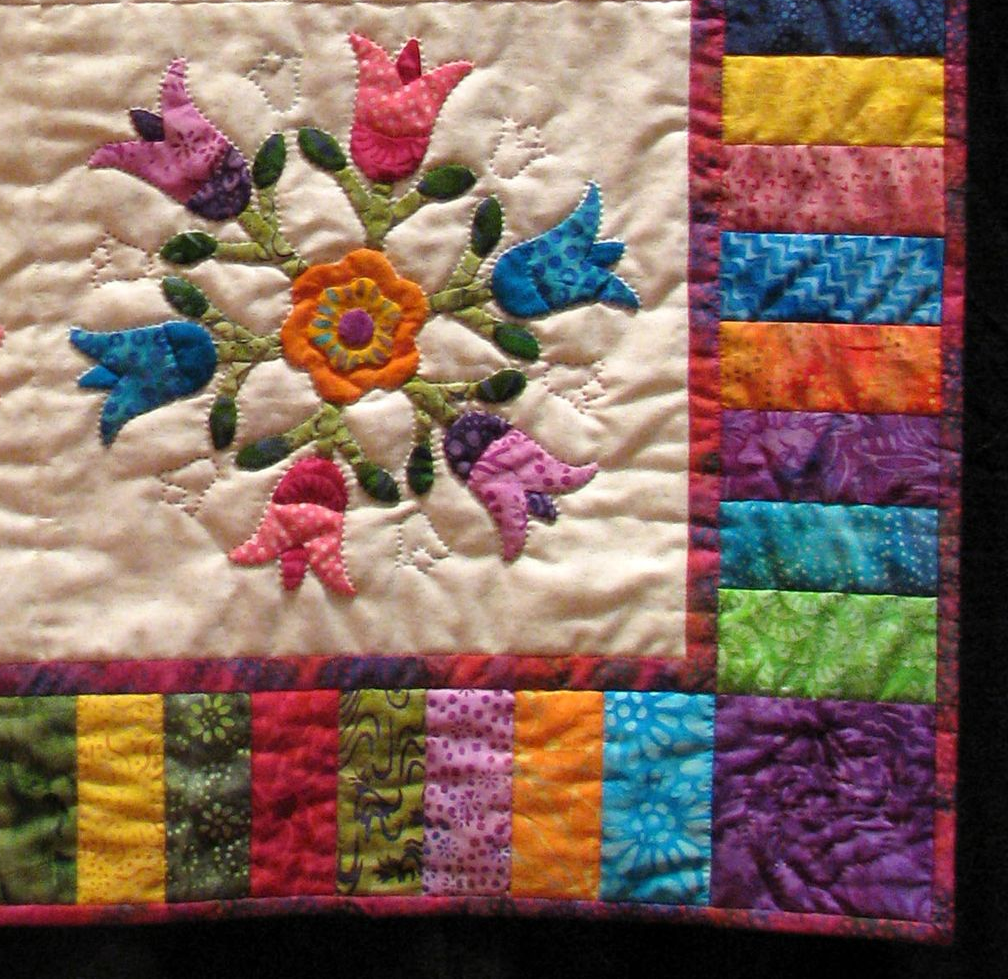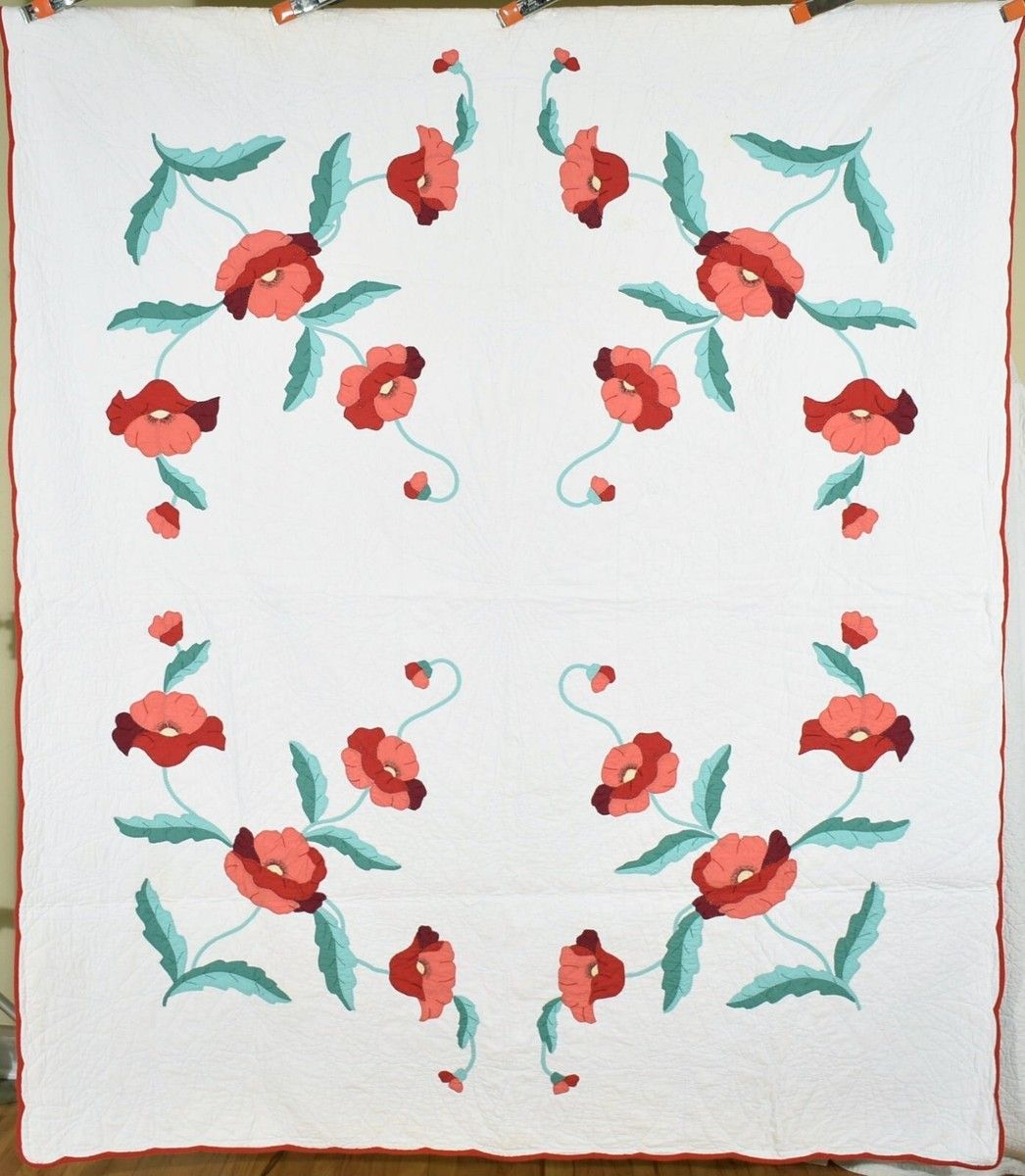Quilt History Snippets for October 2025
What: Review of Uncoverings 1995, Volume 16 of the Research Papers of the American Quilt Study Group, edited by Virginia Gunn
Topic: “Origins and Traditions of Marseilles Needlework”
Author: Kathryn W. Berenson
Berenson consulted “commercial records, eighteenth-century paintings, inventories, textile artifacts, and written documents” to compile the research that resulted in this comprehensive overview of the history of Marseilles needlework. [p 7] It is a history that goes farther back into history than I imagined and includes influences from a wider range of cultures than I expected.
Berenson places the earliest examples of Marseilles needlework in Provence in the Mediterranean at about 600 A.D. And, at the time of the Crusades records “show the presence of domestically produced or imported simple bedcovers stitched in diamond-grid motifs.” Furthermore, “by the end of the seventeenth century Marseilles needlework ateliers produced tens of thousands of domestic items stitched with delicate corded floral forms…” [p. 7] Despite such a rich and well established quilting industry Berenson notes that there is “no repository of information” on this tradition, “no dedicated literature, no museum with scholarly focus.” [pp. 7-8] Thus her reliance, as noted above, on other forms of documentation. Nevertheless, the results of her research are broad and broadly inclusive.
Berenson details seventh century requests from the Pope for payment from “prelates in Marseilles and Arles to pay annual tribute in locally ‘worked cloth,’ not silver, so he could clothe his followers in Rome.” [p. 8] Merchant ships, crusading knights and pilgrims bought these textiles and clothing and dispersed them widely into Western Europe making the production and sale of these textiles a highly valued commodity, so much so that the Grand Council of Venice granted tax-free entrance to ships using “Marseilles-made sail canvas.” [p. 9]
Berenson delves deeply into all of the influences upon the development of this needlework, the ways this needlework influenced events high and low, from kings to needleworkers all through the Mediterranean and Western Europe over hundreds of years. The effect of the shift from using silk to cotton by these needleworkers led to resistance from silk weavers in Lyon and that led to the use of these cottons being banned in France for some decades. The bans were flagrantly defied and eventually rescinded but many average people as well as nobles were affected in their everyday lives by these conflicts of interest. Berenson skillfully and succinctly describes all this.
Most interestingly, she describes her sources and what they tell us. Her descriptions of supporting documents is like peeking behind the curtain of scholarship to watch a dedicated, maybe even obsessed, researcher at work. And it makes for page turning reading. There are several names for this kind of needlework that evolve over time and Berenson makes sure to describe them. Images help illustrate her descriptions. She also describes and discusses the published research of other scholars on this topic/, some of them former or current AQSG members. Finally, this report is richly supported by no fewer the 68 endnotes, some of which broaden the historical details in interesting ways. For example, note number 50 clarifies how the word boutis came to be applied to Marseilles needlework. Something I have wondered about. [p. 31]
Read it all and enjoy. Best wishes for a great time at 2025 Seminar. See you there. If you see me stop me and let’s chat.
Share Post




